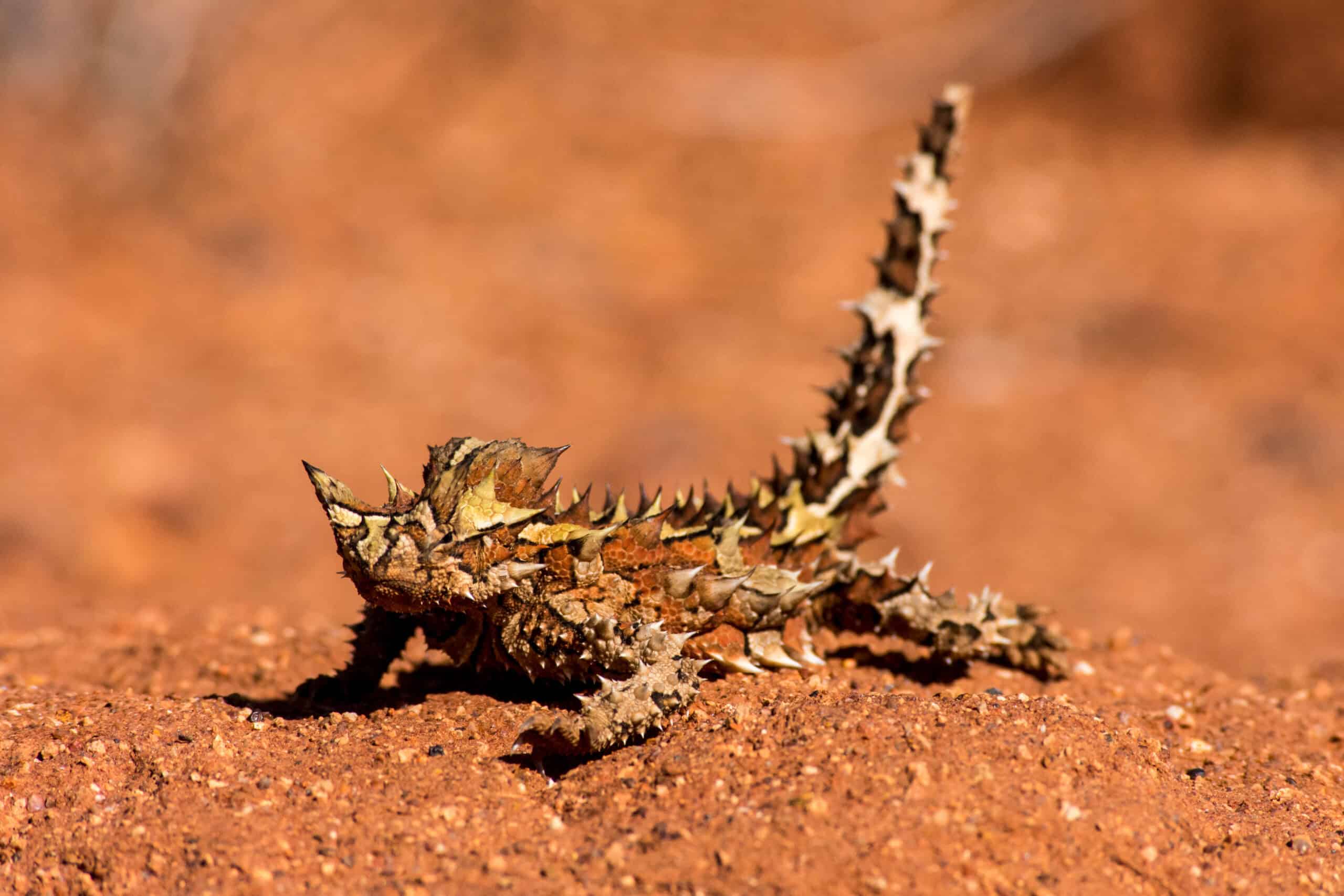Cacti are fascinating plants that thrive in some of the world’s harshest environments, showcasing an incredible variety of shapes, sizes, and adaptations. From the towering Saguaro of the Sonoran Desert to the rare and elusive Living Rock Cactus, these resilient plants have captivated botanists and gardeners alike. Whether you’re interested in common varieties that make excellent houseplants or rare species prized by collectors, this list highlights the unique characteristics and diverse beauty of cacti from commonly found to extremely rare.
Saguaro Cactus (Carnegiea gigantea)
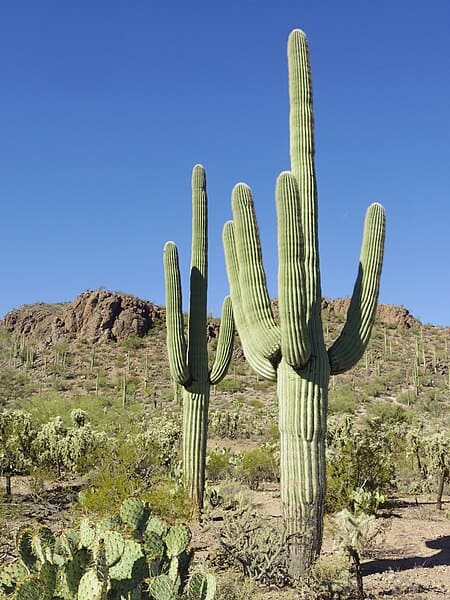
The Saguaro cactus, an iconic symbol of the American Southwest, towers over the desert landscape with its impressive height, often reaching up to 40 feet. Native to the Sonoran Desert, it has thick, waxy skin that helps it retain water during dry spells. Its arms, which can take decades to form, are home to many desert animals seeking refuge. Blooming with beautiful white flowers in the spring, the Saguaro also produces red fruit that attracts birds and mammals.
Prickly Pear Cactus (Opuntia)
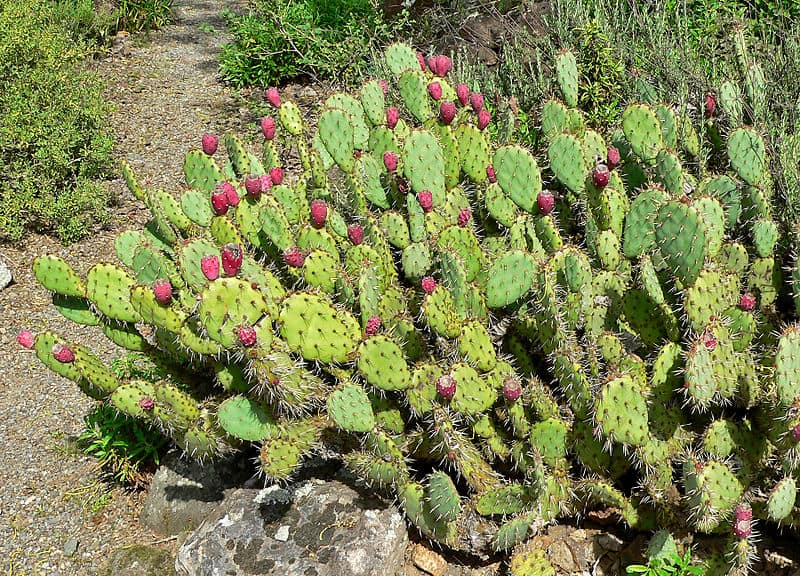
Prickly Pear Cacti are easily recognizable by their flat, paddle-like cladodes and vibrant yellow, red, or purple flowers. Found widely across the Americas, these cacti thrive in arid and semi-arid regions. The pads are covered in clusters of tiny, barbed spines called glochids, which can be quite painful if touched. They bear edible fruits, known as tunas, which are popular in various culinary dishes.
Barrel Cactus (Ferocactus)
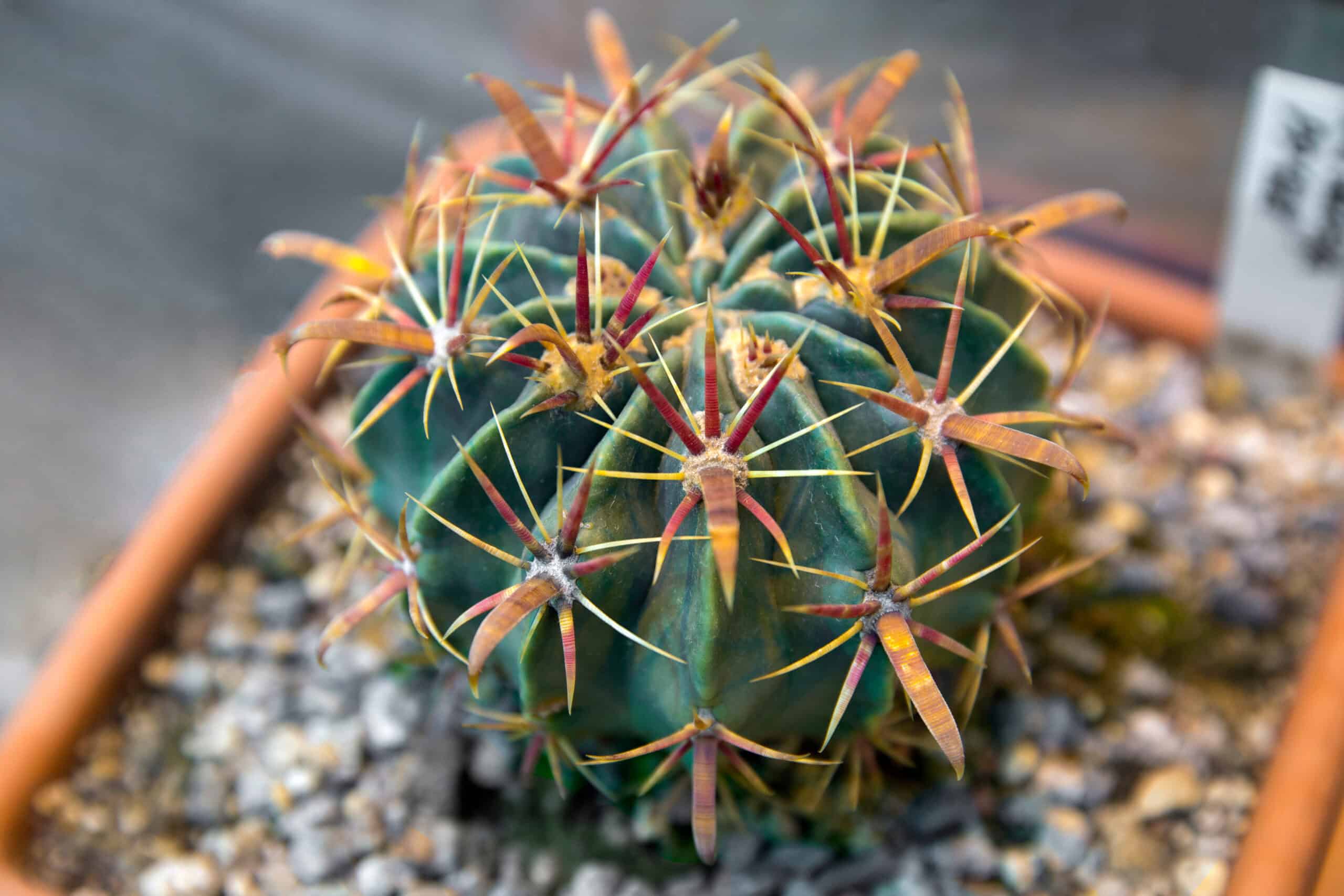
Barrel cacti are stout, cylindrical plants that often appear as solitary sentinels in desert environments. They can grow up to 10 feet tall and are typically ribbed, with prominent spines that can vary in color from yellow to red. Native to the deserts of the Southwestern United States and Mexico, they are known for their ability to store water, which helps them survive prolonged droughts. Their yellow or orange flowers bloom in a ring around the top of the plant.
Christmas Cactus (Schlumbergera)
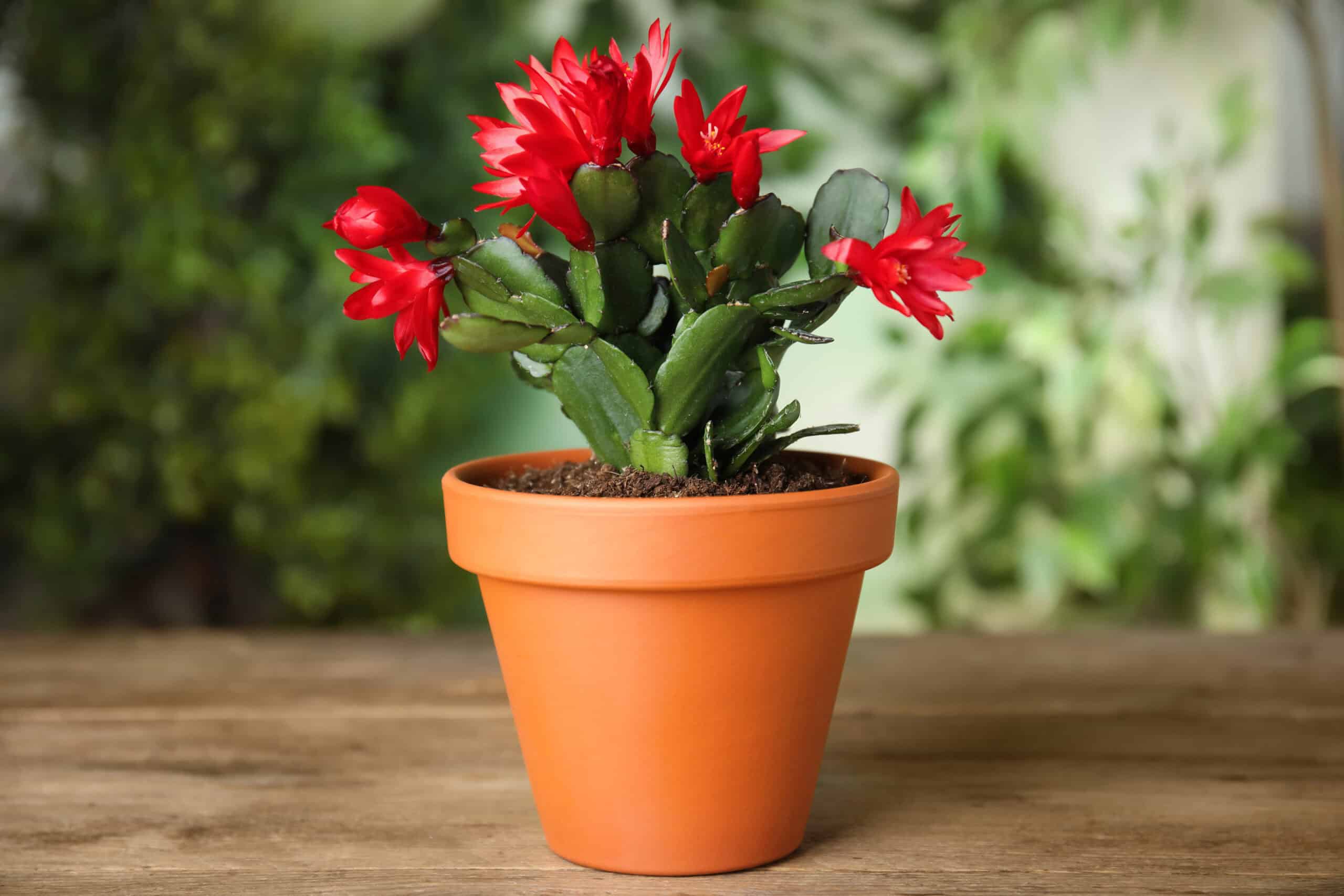
Unlike many of its desert-dwelling relatives, the Christmas Cactus is native to the coastal mountains of Brazil, where it grows as an epiphyte in the humid forests. Known for its beautiful, tubular flowers that bloom around the holiday season, this cactus has flat, segmented stems with rounded teeth. It prefers a humid environment and indirect light, making it a popular houseplant.
Golden Barrel Cactus (Echinocactus grusonii)
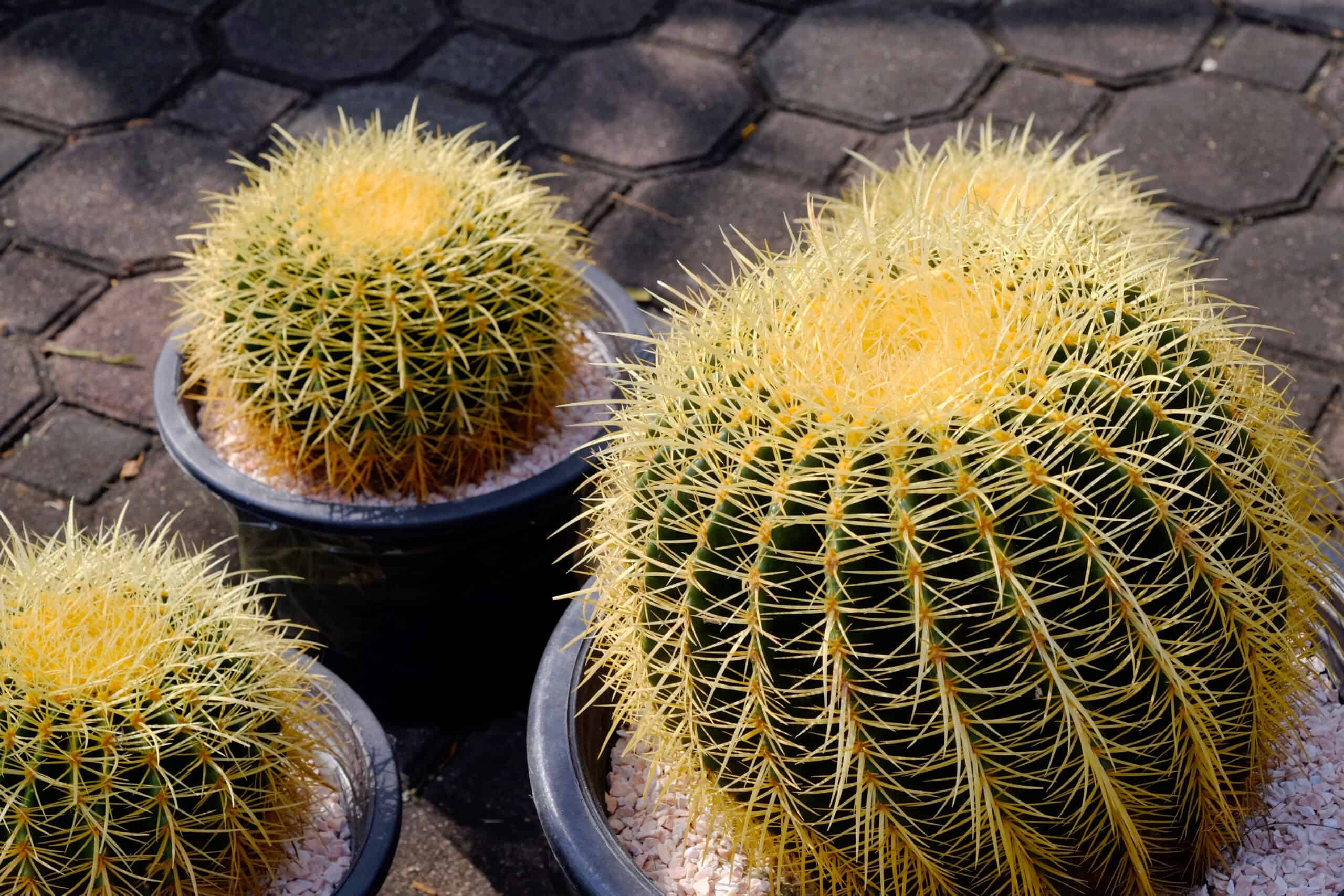
The Golden Barrel Cactus is a striking plant with a spherical shape and bright yellow spines that make it a favorite among gardeners and landscapers. Native to central Mexico, it can grow up to 3 feet in diameter. Its ridged surface helps channel water down to its roots during rare rainfalls. Despite its intimidating appearance, it is relatively easy to care for and can live for decades.
Cholla Cactus (Cylindropuntia)
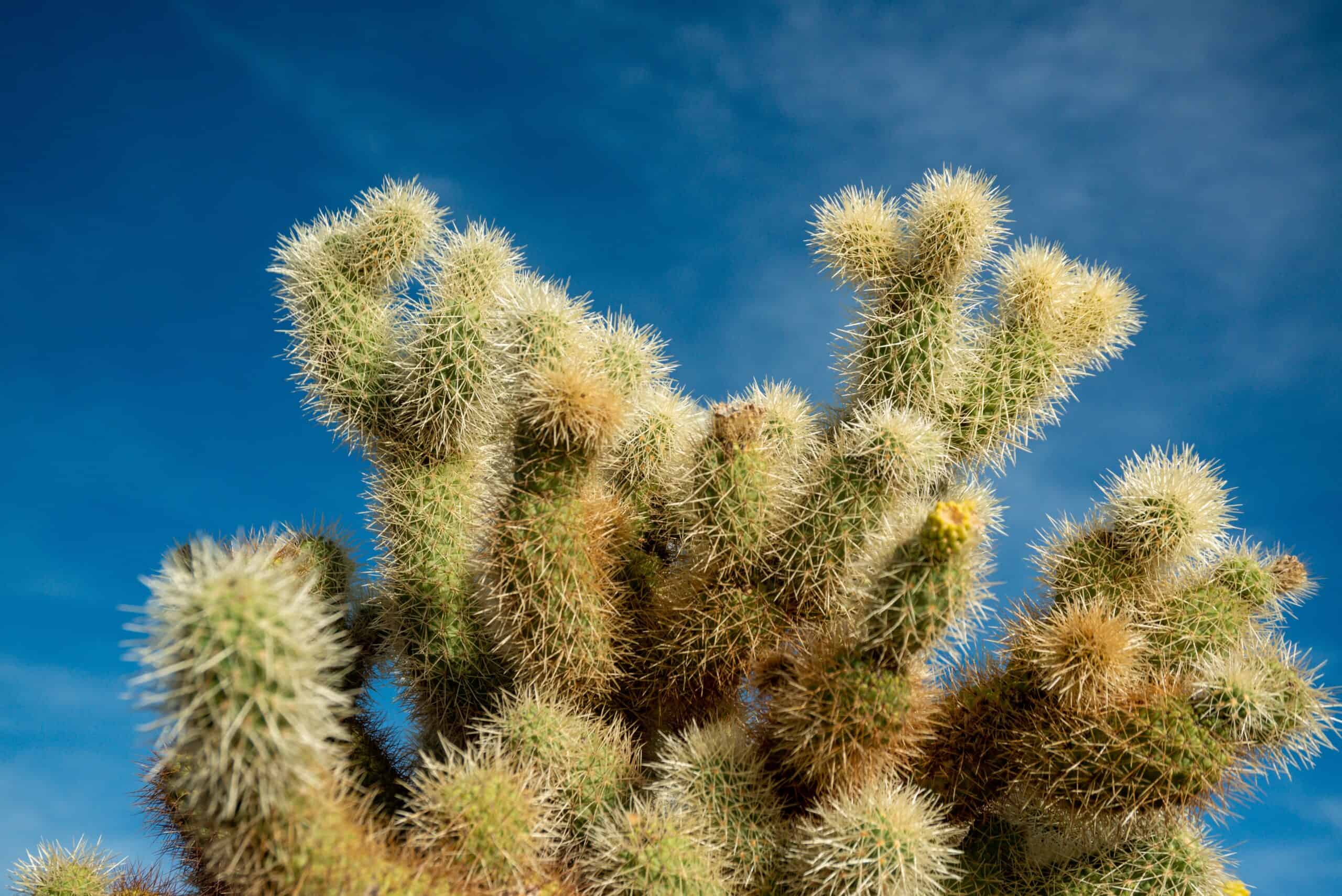
Cholla cacti are known for their segmented, cylindrical stems that are covered in spiny tubercles. Found throughout the Southwestern United States and Mexico, they can form dense thickets, providing shelter for wildlife. The spines are often barbed, making them difficult to remove if they get stuck in skin or fur. Their flowers can range in color from green to yellow, red, or pink.
Bishop’s Cap Cactus (Astrophytum myriostigma)
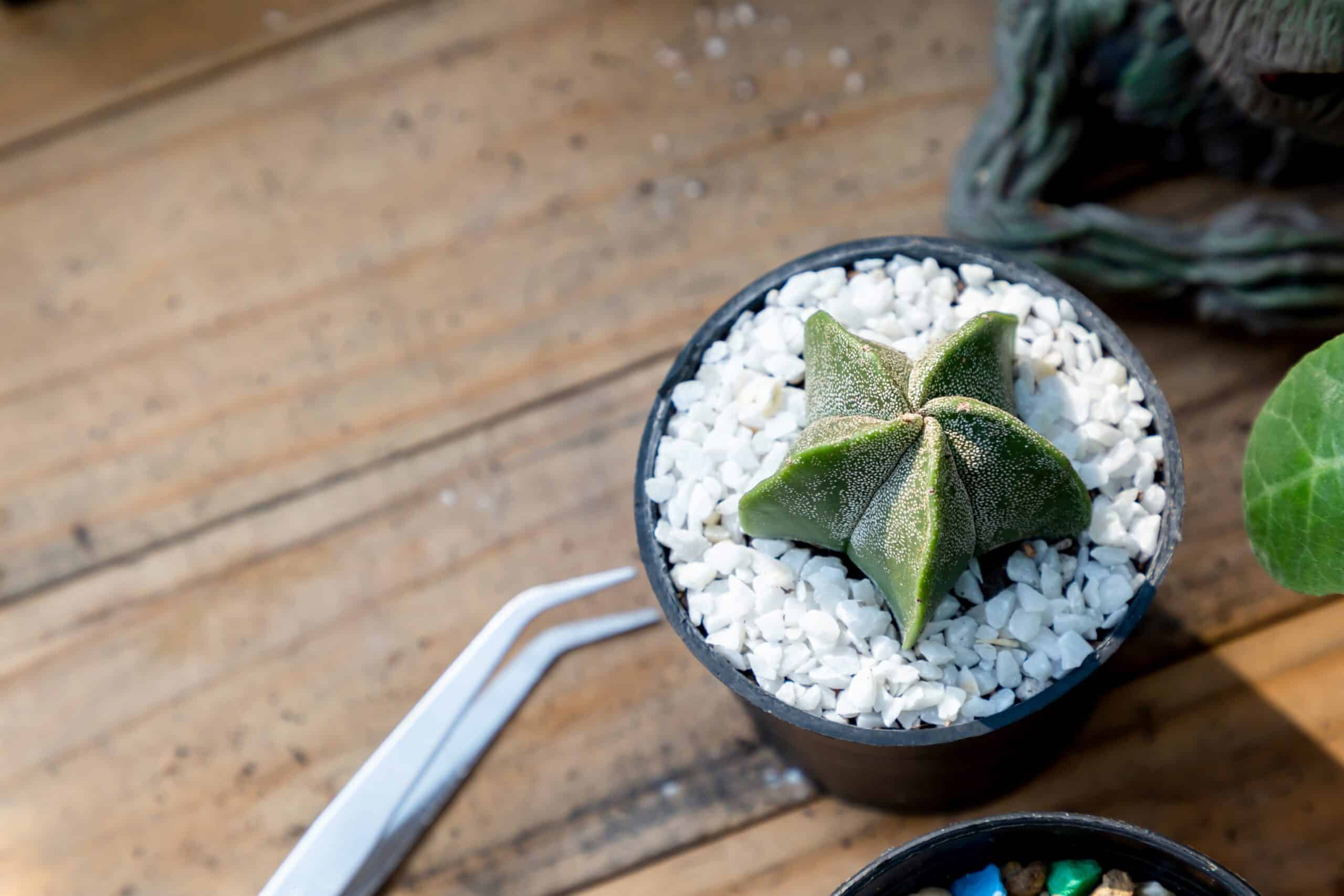
Bishop’s Cap Cactus is a star-shaped, spineless cactus that is native to the highlands of Mexico. Its unique ribbed structure and white, dot-like trichomes give it a distinctive appearance. It produces yellow flowers with red bases in the spring and summer. The cactus’s name derives from its resemblance to a bishop’s mitre.
Totem Pole Cactus (Pachycereus schottii monstrosus)
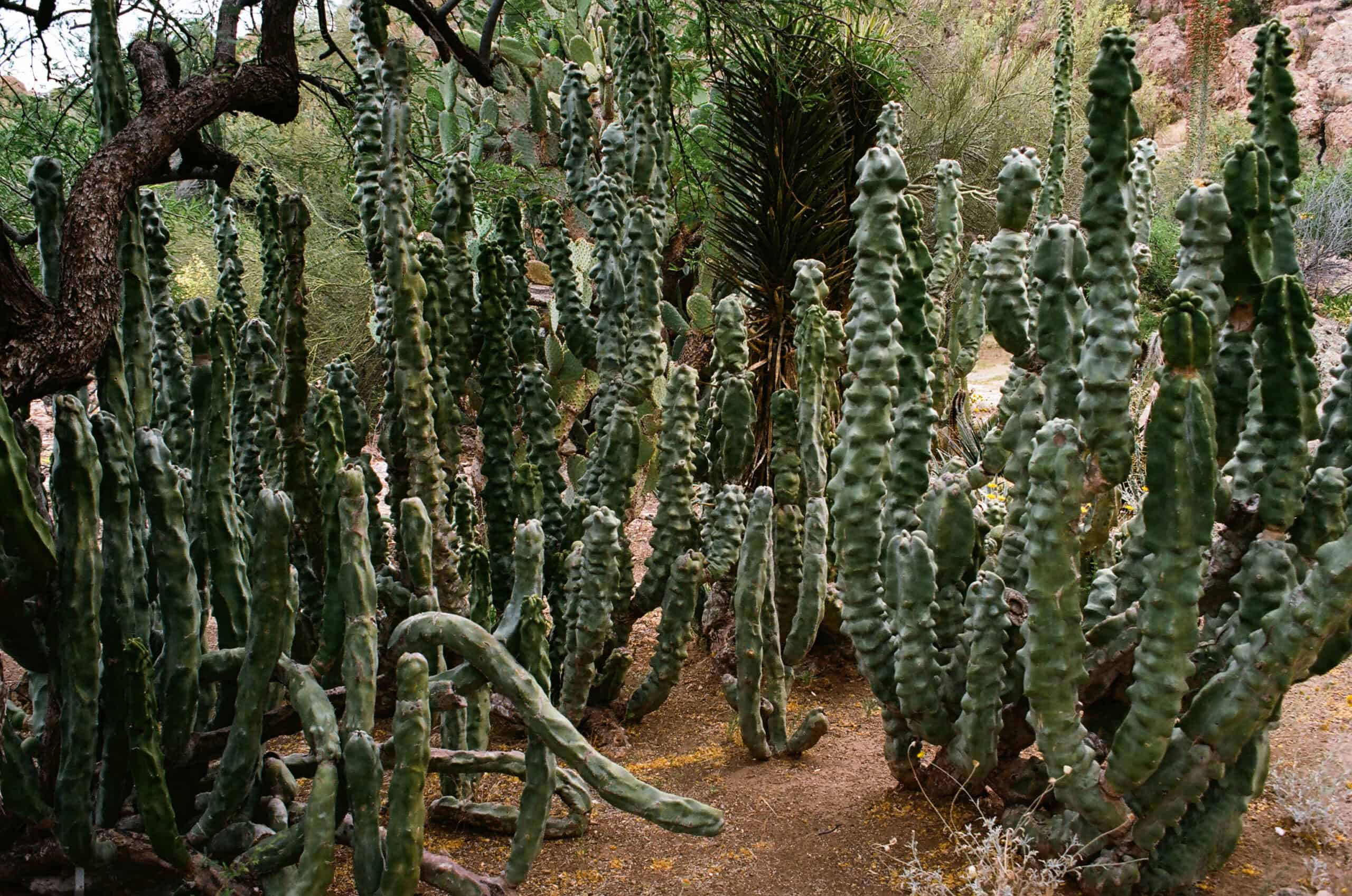
The Totem Pole Cactus, a monstrose form of Pachycereus schottii, features tall, columnar stems that are covered in knobby, bumpy protrusions. This rare cactus is native to Baja California and Sonora, Mexico. It is spineless and can grow up to 12 feet tall. Its unusual appearance makes it highly sought after by collectors and cactus enthusiasts.
Fishhook Barrel Cactus (Ferocactus wislizeni)
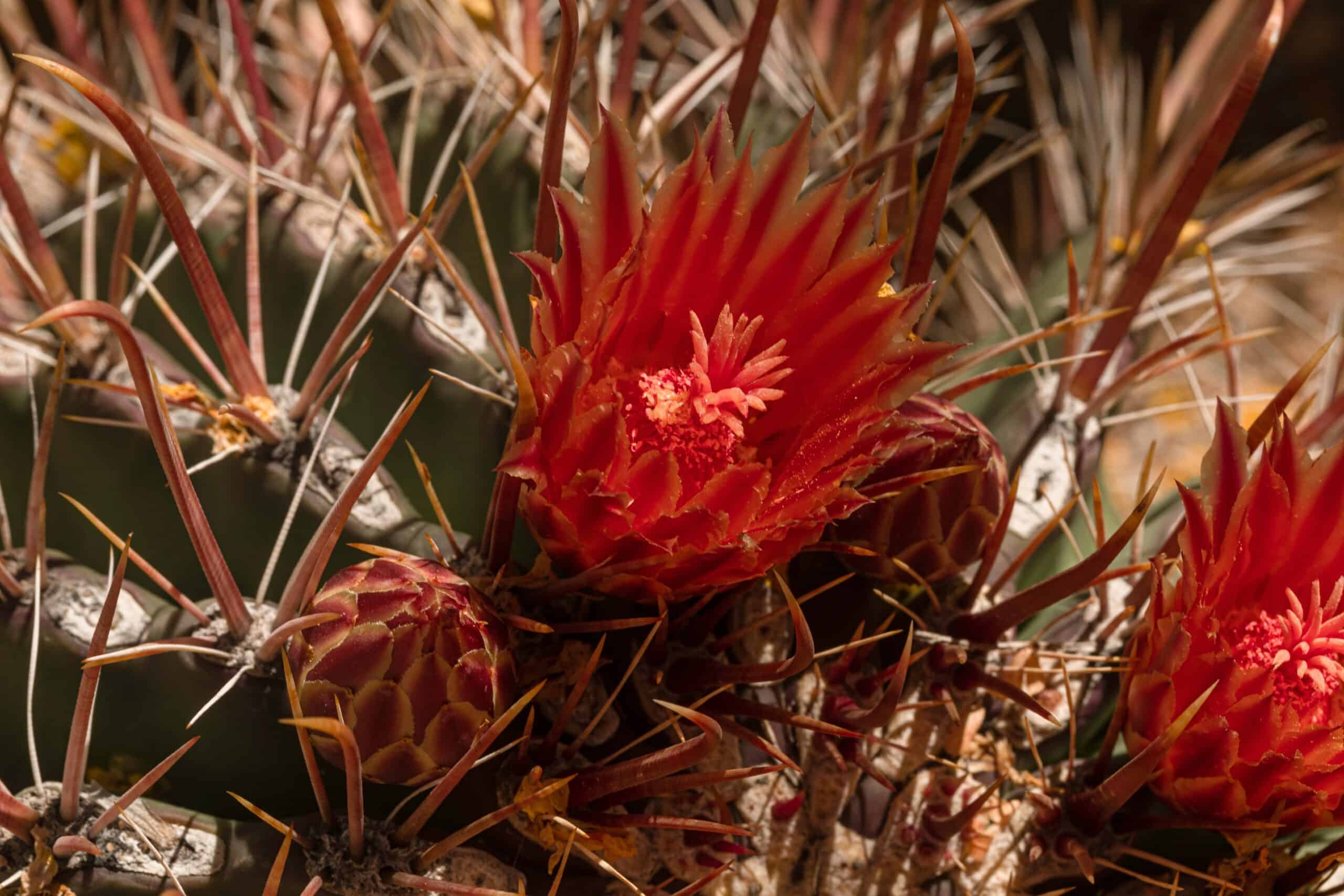
Named for its curved, fishhook-like spines, the Fishhook Barrel Cactus is a common sight in the deserts of the Southwestern United States and Northern Mexico. It can grow up to 10 feet tall and has a thick, ribbed body. This cactus blooms with bright yellow or orange flowers in the summer, followed by fleshy, edible fruits.
San Pedro Cactus (Echinopsis pachanoi)
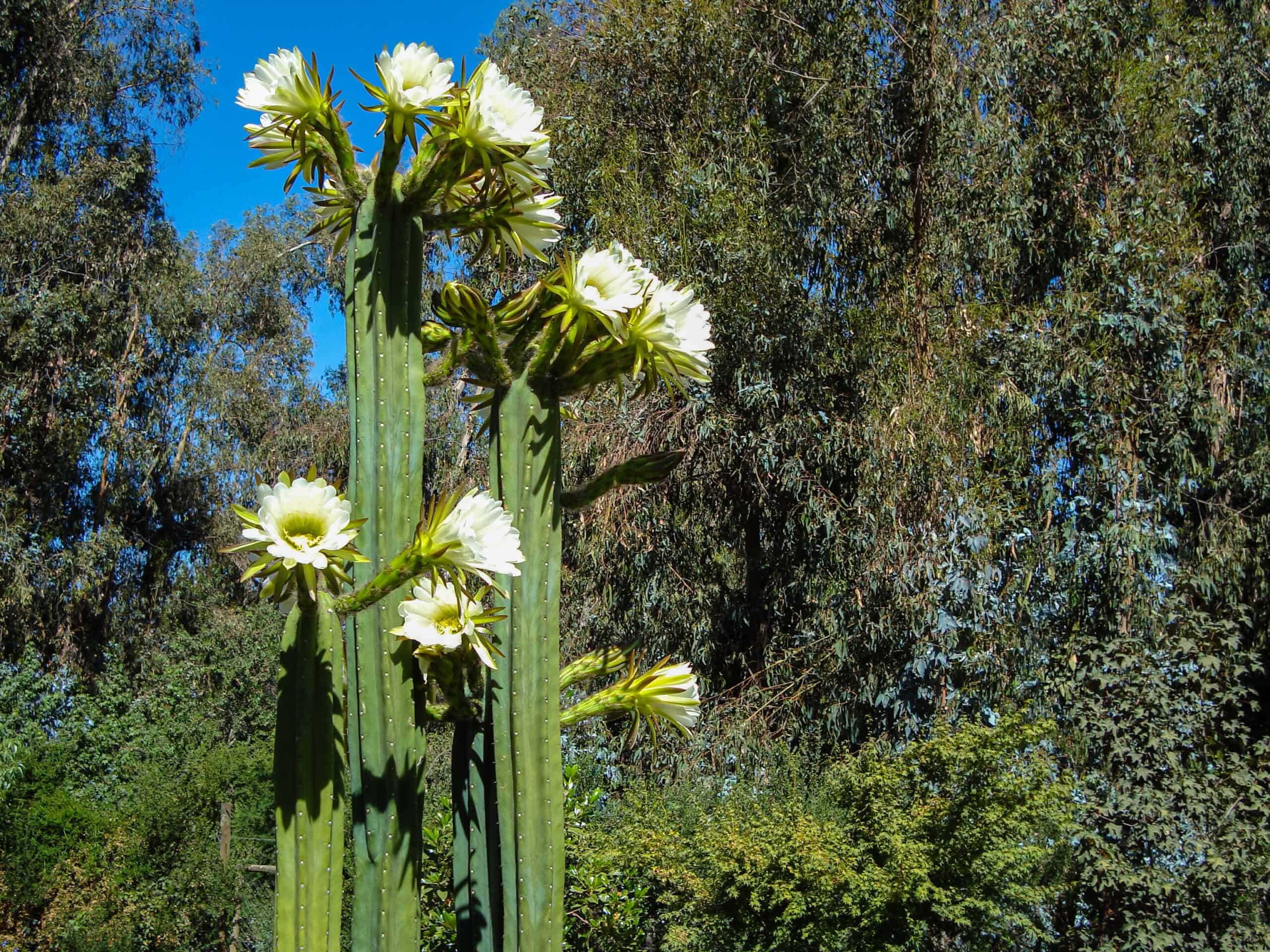
The San Pedro Cactus is a tall, columnar cactus native to the Andes Mountains in Peru, Ecuador, and northern Argentina. It is known for its fast growth and ability to reach heights of 20 feet. This cactus has a rich history of use in traditional Andean medicine and shamanic rituals. Its stems are ribbed and typically covered with small, white spines.
Living Rock Cactus (Ariocarpus fissuratus)
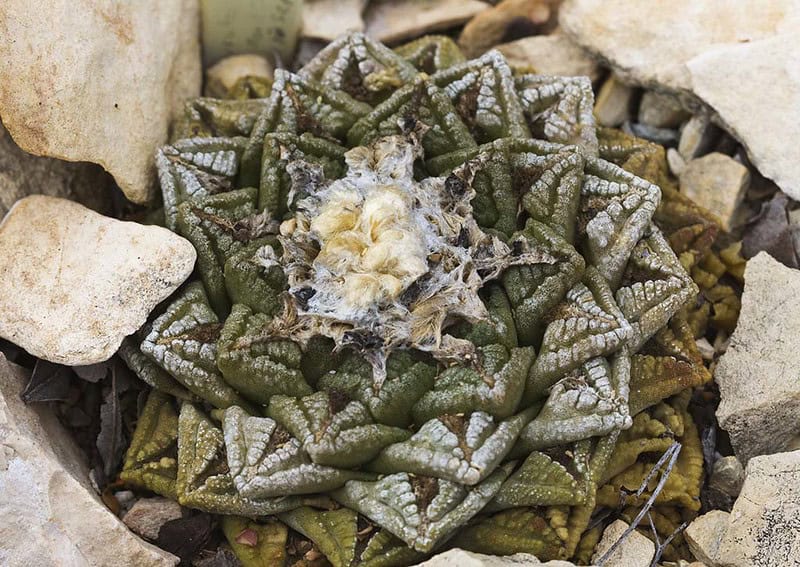
The Living Rock Cactus is a small, slow-growing cactus that blends in with its rocky surroundings in the Chihuahuan Desert of Texas and Mexico. Its flattened, rosette form and gray-green color make it look like a piece of rock. This rare cactus produces pink or white flowers in the fall and is highly prized by collectors for its unique appearance.
Peruvian Apple Cactus (Cereus repandus)
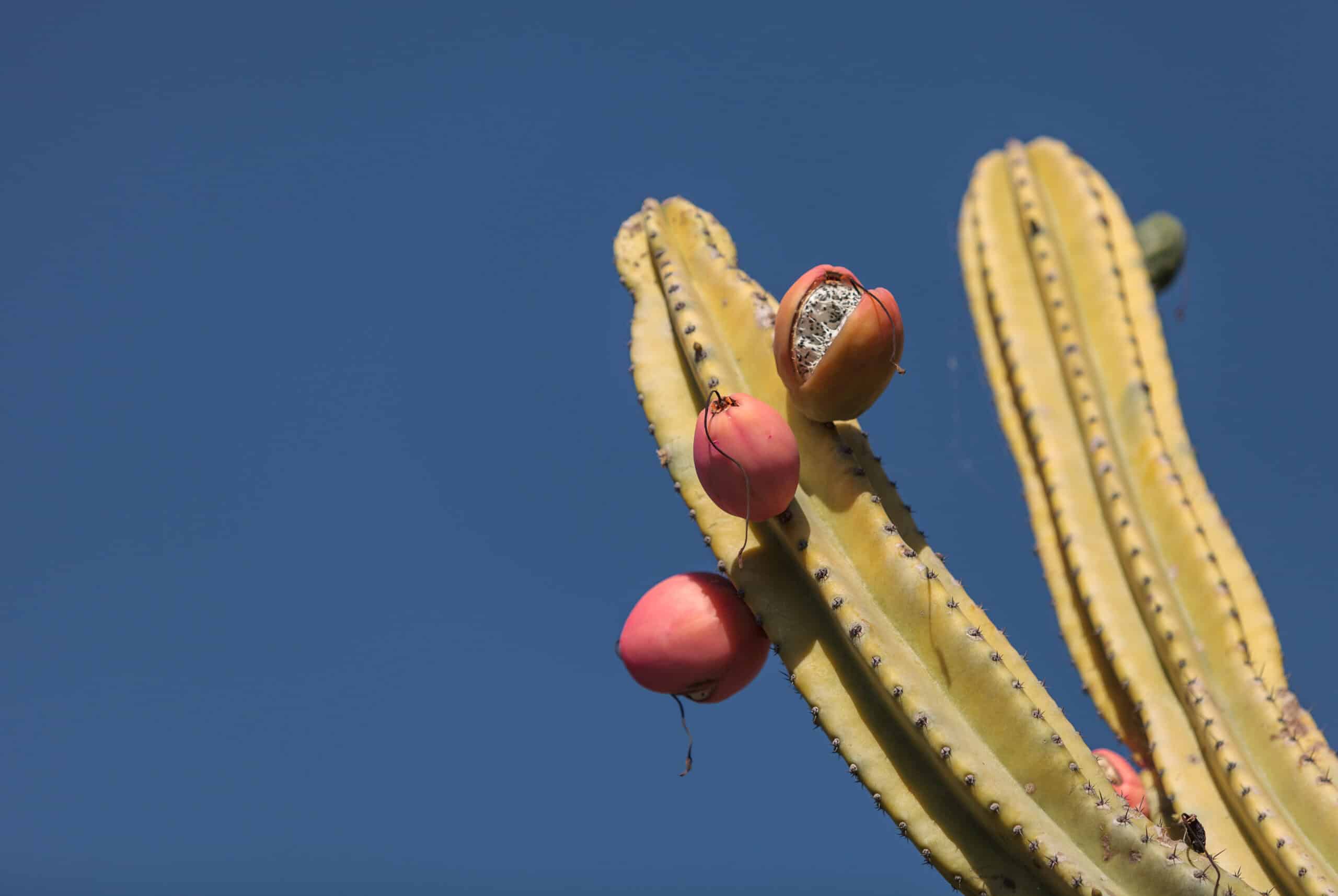
The Peruvian Apple Cactus, also known as the Queen of the Night, is a tall, tree-like cactus native to South America. It can grow up to 30 feet tall and produces large, white, night-blooming flowers that are pollinated by bats and moths. The cactus bears edible fruit that resembles an apple, hence its name. It is a popular ornamental plant in tropical and subtropical gardens.
Old Man Cactus (Cephalocereus senilis)
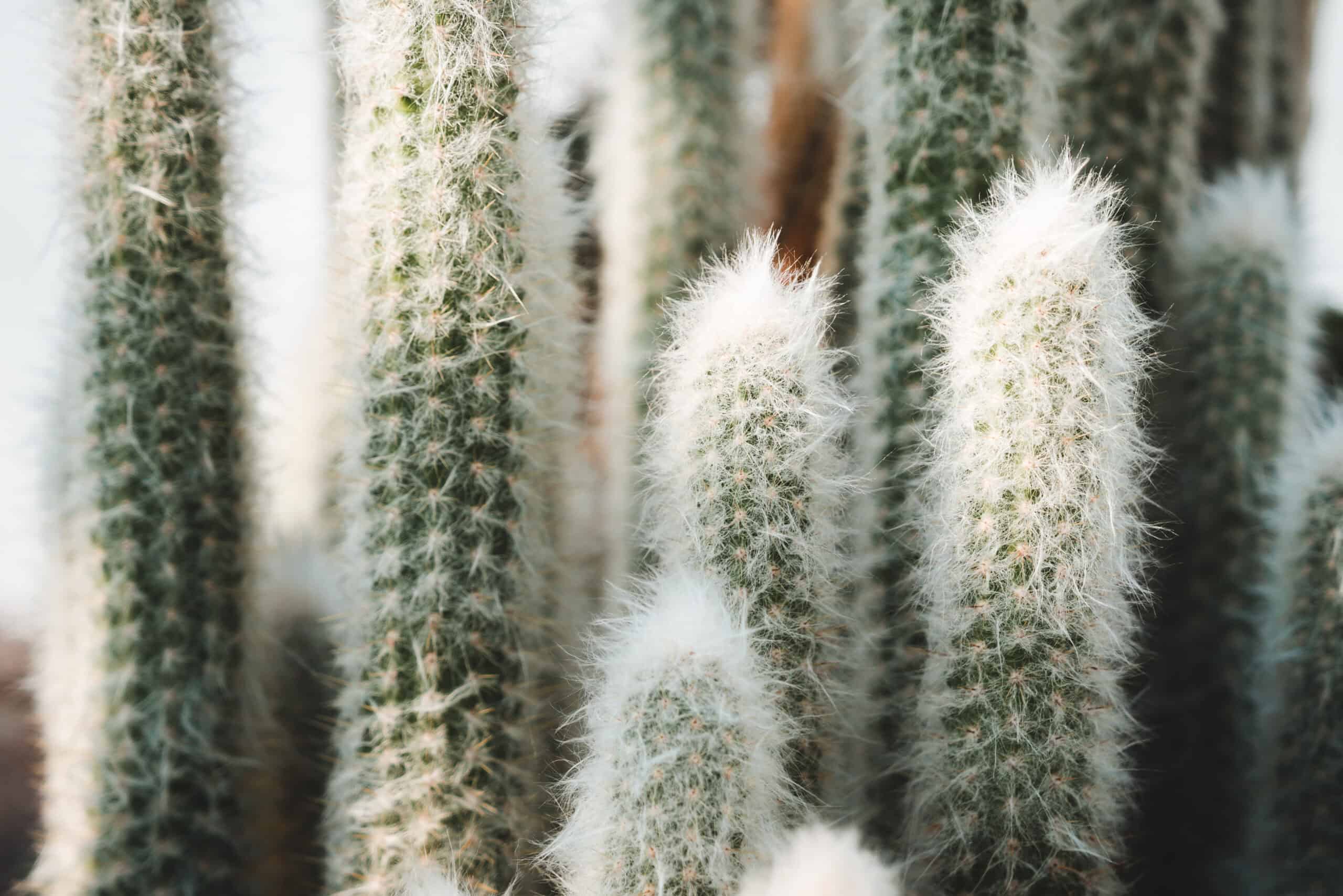
The Old Man Cactus is easily recognized by its thick covering of white, hair-like spines that give it a fuzzy appearance. Native to the rocky cliffs of central Mexico, it can grow up to 50 feet tall. The hair serves to protect the cactus from intense sunlight and helps retain moisture. It produces pink or red flowers that are rarely seen in cultivation.
Night-Blooming Cereus (Peniocereus greggii)

Night-Blooming Cereus is a rare and elusive cactus native to the deserts of the Southwestern United States and Northern Mexico. It is known for its large, fragrant white flowers that bloom only for a single night each year. The cactus has thin, almost stick-like stems that make it hard to spot when not in bloom. Its flowers attract moths, which serve as pollinators.
Blue Myrtle Cactus (Myrtillocactus geometrizans)
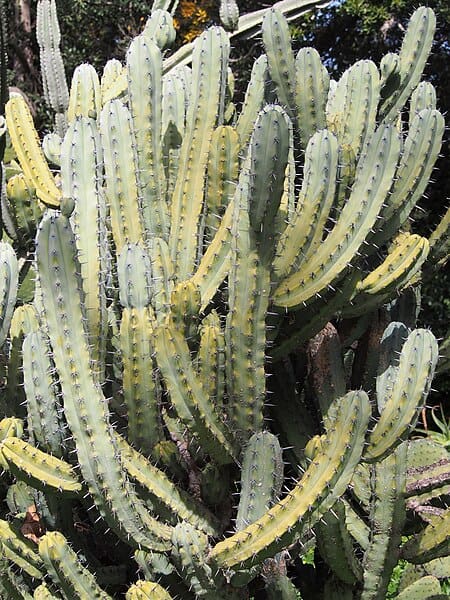
The Blue Myrtle Cactus, native to central and northern Mexico, is known for its striking blue-green color and candelabra-like growth pattern. It can grow up to 16 feet tall and produces small, white flowers in the spring. The cactus bears edible berries that are often used to make jams and jellies. Its unique coloration and form make it a popular choice for gardens and landscapes.
Claret Cup Cactus (Echinocereus triglochidiatus)
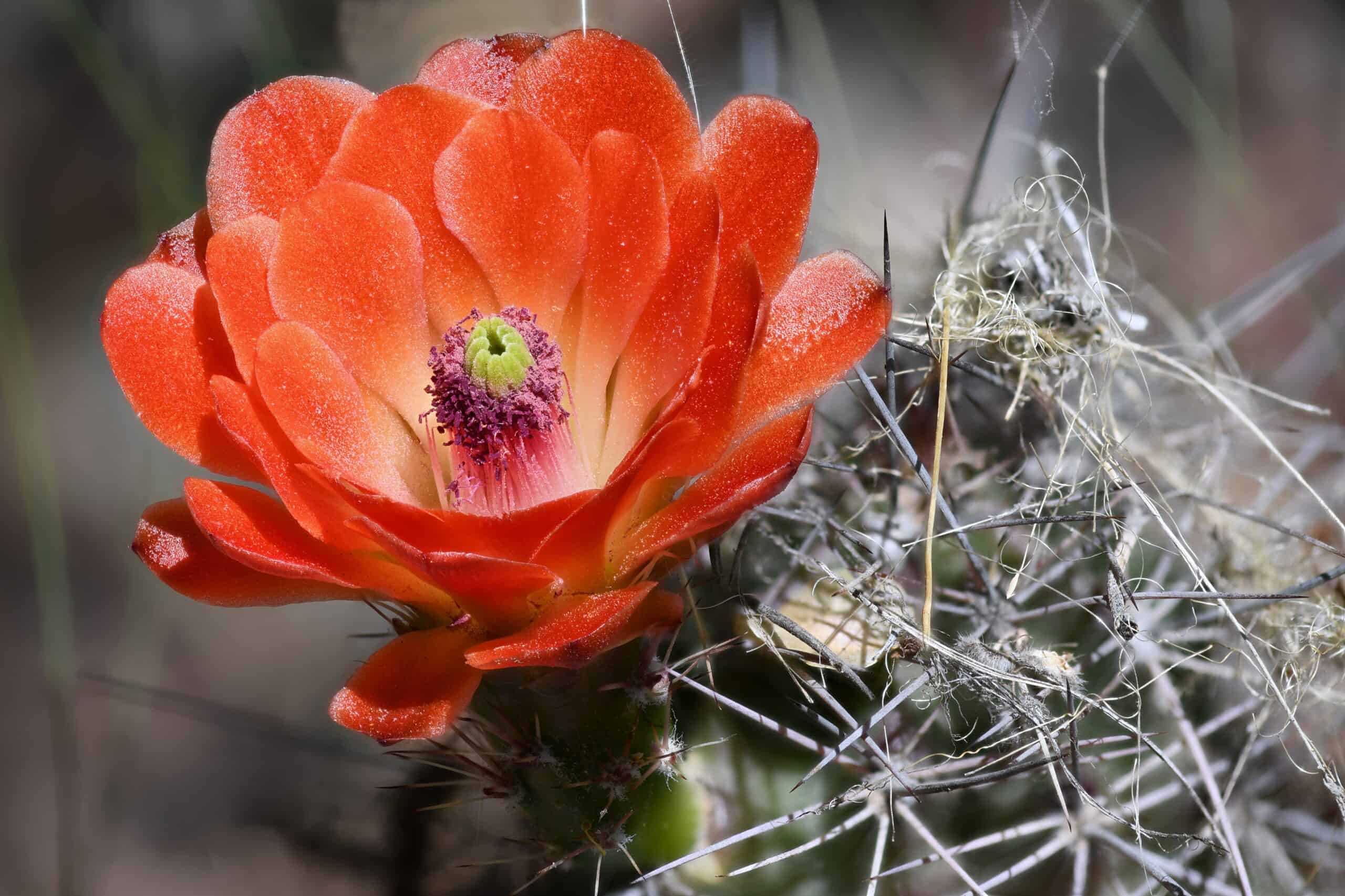
The Claret Cup Cactus is a low-growing, clumping cactus native to the Southwestern United States and Northern Mexico. It is renowned for its vibrant red, cup-shaped flowers that bloom in the spring. The cactus has cylindrical stems covered in clusters of spines. Its flowers attract hummingbirds, which act as pollinators.
Queen of the Night (Epiphyllum oxypetalum)
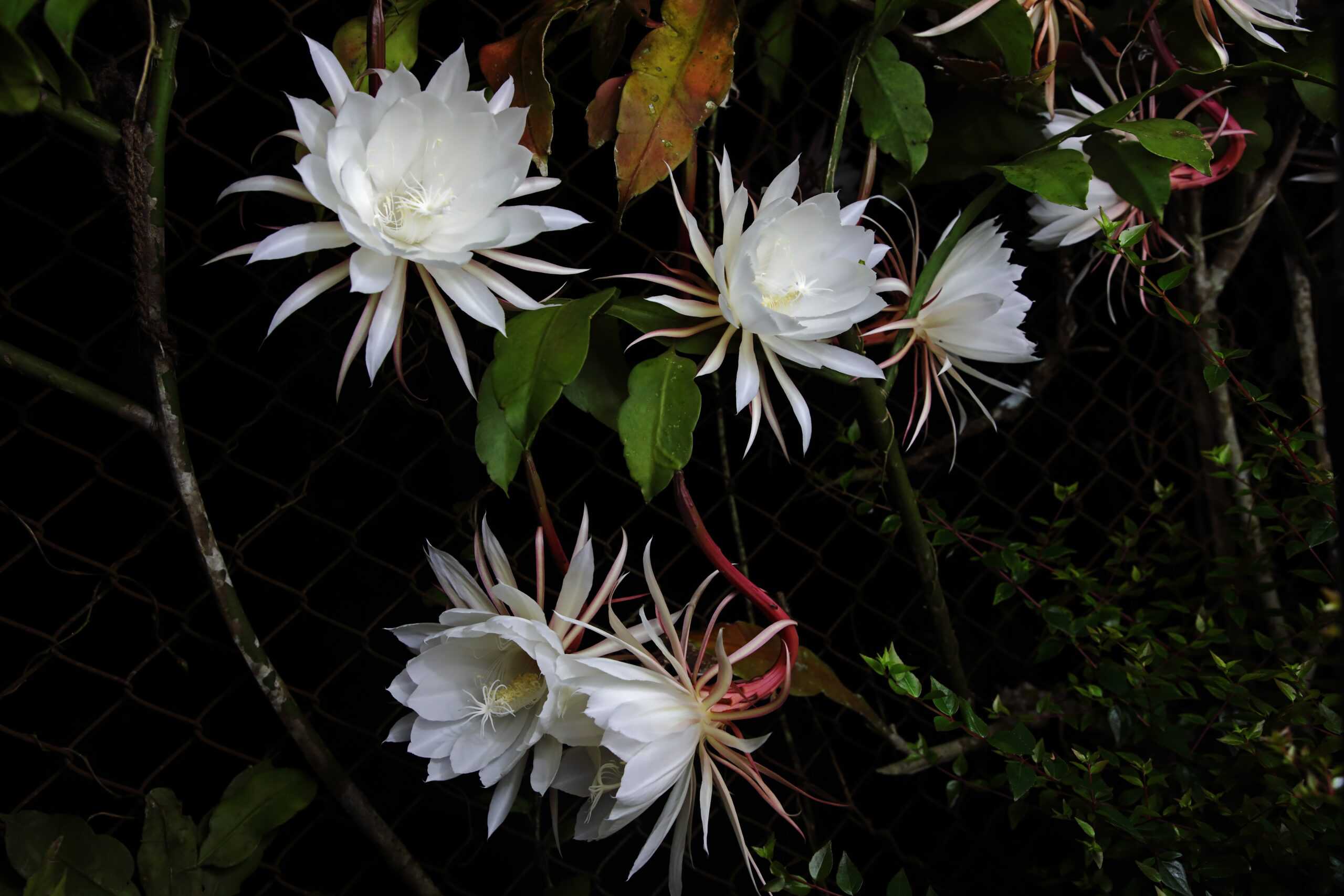
Queen of the Night is a tropical cactus native to Central America and the Caribbean. It is known for its large, fragrant, white flowers that bloom only at night. The cactus has flat, leaf-like stems and thrives in humid, shaded environments. Its flowers attract night-flying pollinators such as moths and bats.
Silver Torch Cactus (Cleistocactus strausii)
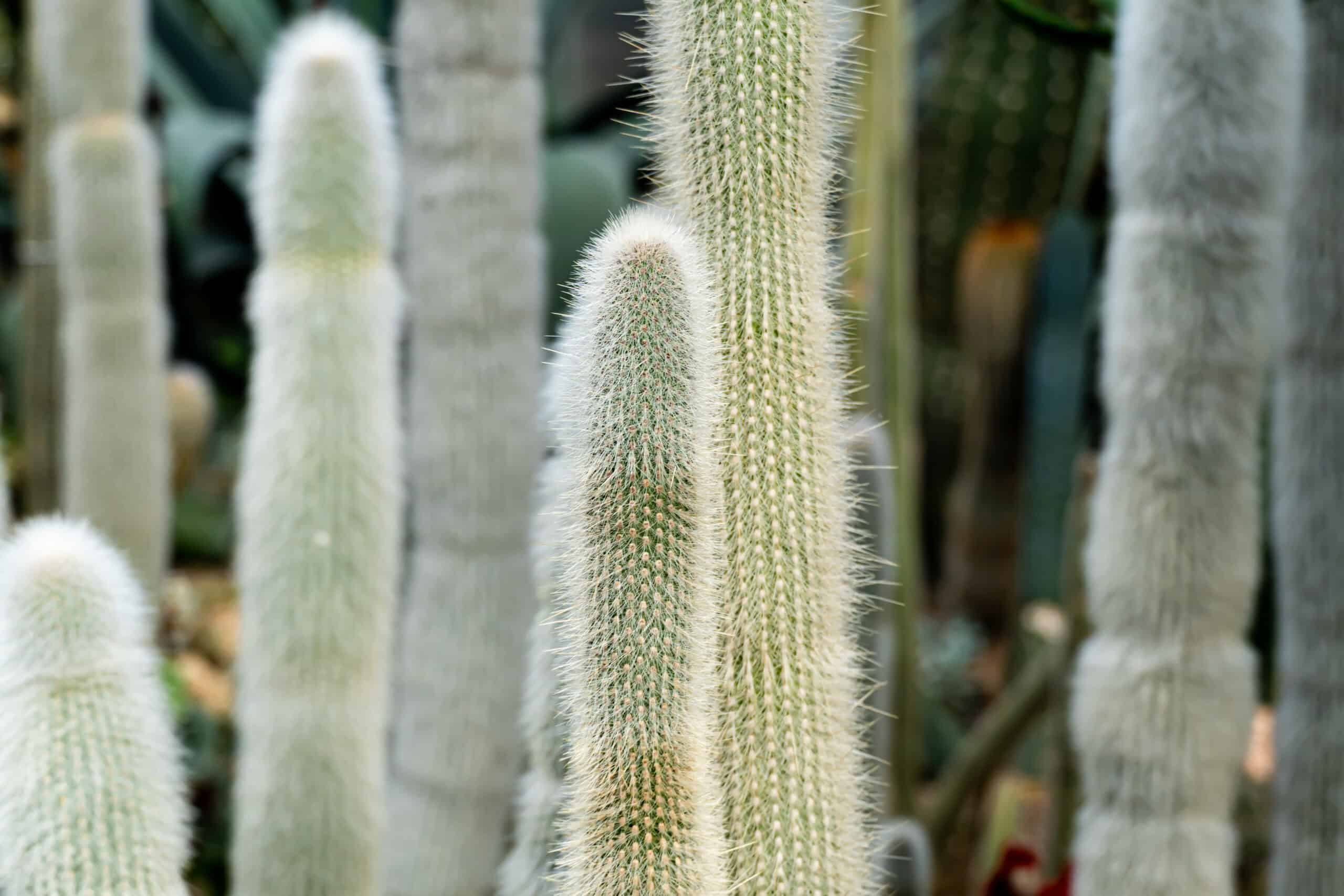
The Silver Torch Cactus is native to the high altitudes of Bolivia and Argentina. It is characterized by its tall, columnar stems covered in dense, silvery-white spines. The cactus can grow up to 10 feet tall and produces tubular red flowers that protrude horizontally from the stems. Its striking appearance and cold hardiness make it a popular ornamental plant.\
Peanut Cactus (Echinopsis chamaecereus)
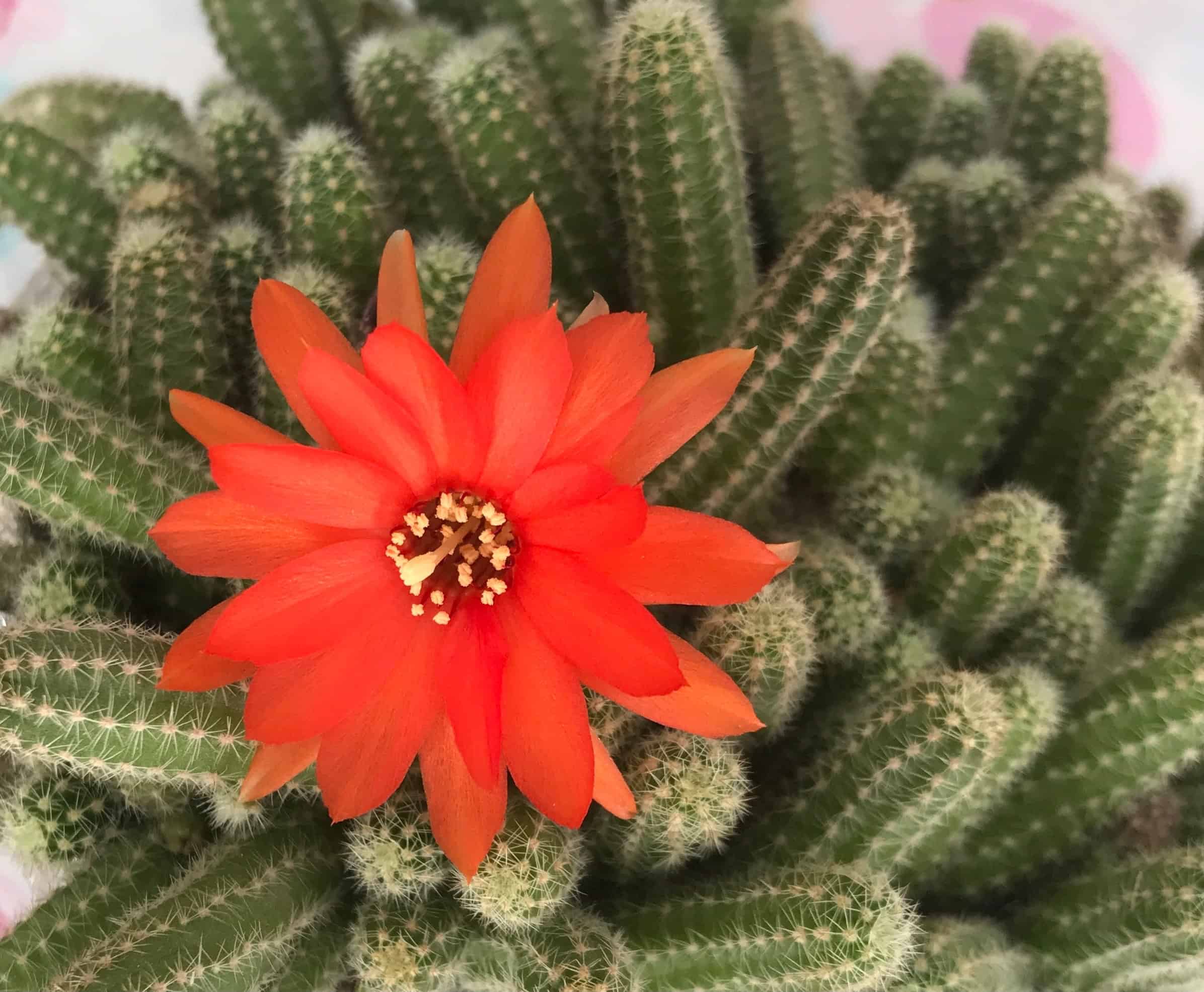
The Peanut Cactus is a small, clumping cactus native to Argentina. It gets its name from its finger-like stems that resemble peanuts. The cactus produces vibrant orange-red flowers in the spring and summer. It is a popular houseplant due to its easy care and ability to thrive in various conditions.
Fairy Castle Cactus (Acanthocereus tetragonus)
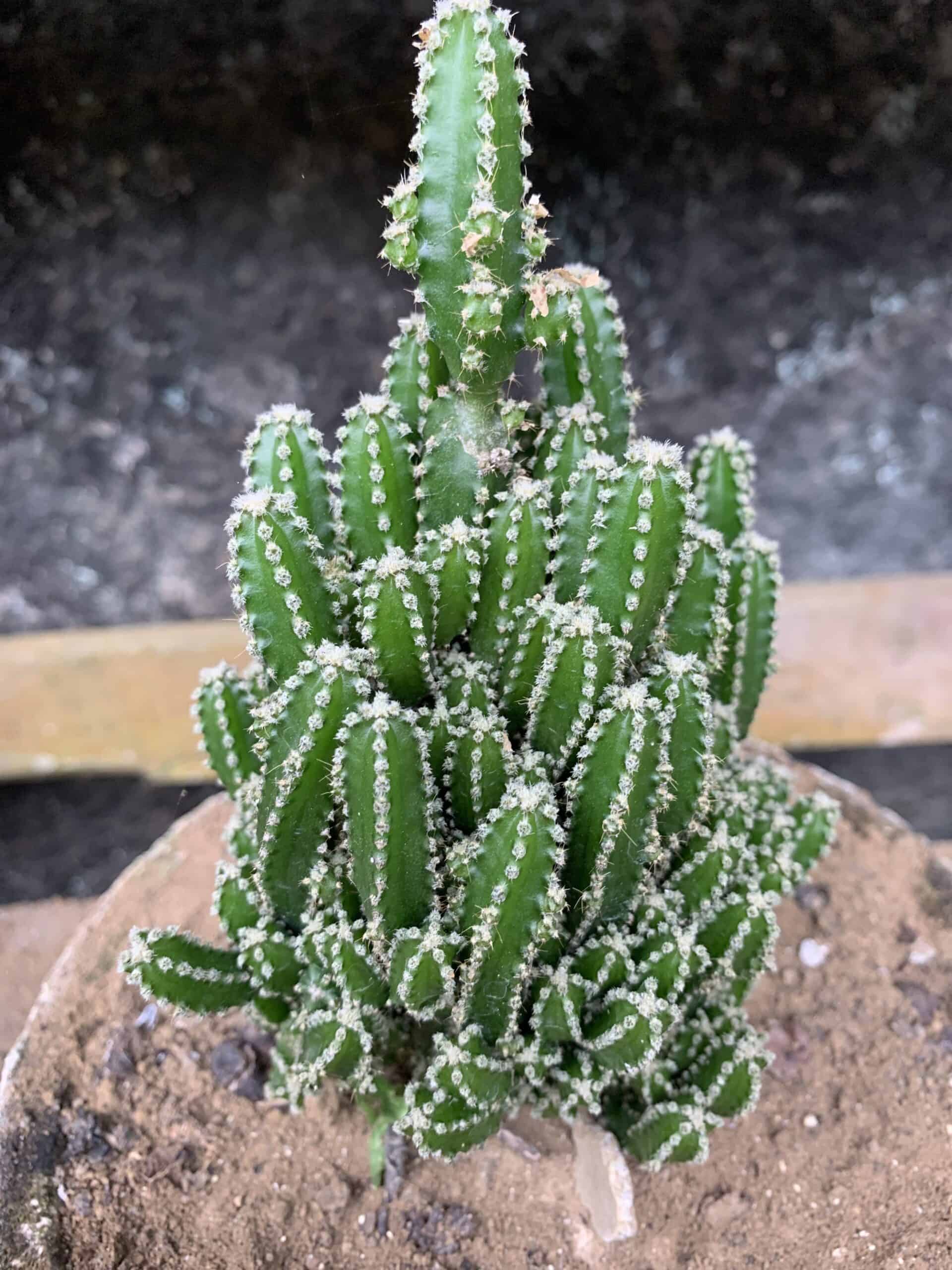
The Fairy Castle Cactus is a whimsical, miniature cactus native to the tropics of Central America. It has multiple, columnar stems that branch out to form a castle-like shape. The cactus is covered in small, white spines and can grow up to 6 feet tall in ideal conditions. Its unique form and manageable size make it a favorite among indoor gardeners.
This article originally appeared on Rarest.org.
More From Rarest.Org
Mint error coins have always fascinated the numismatics around the world. Their rarity and uniqueness boost their value among the collectors. An error coin can be caused by equipment malfunction during the process of minting. Read more.
Deserts, often perceived as barren wastelands, are home to a surprising array of rare and fascinating animals uniquely adapted to survive in extreme conditions. From the swift Saharan Silver Ant to the elusive Arabian Leopard, these creatures have evolved remarkable traits that enable them to thrive in harsh environments. Read more.
Foreign currency notes are not only a medium of exchange but also a reflection of a country’s history, culture, and economic stature. Among the myriad of notes circulating globally, some stand out due to their high value and unique designs. Read more.


